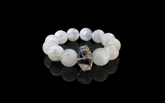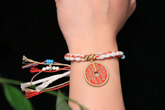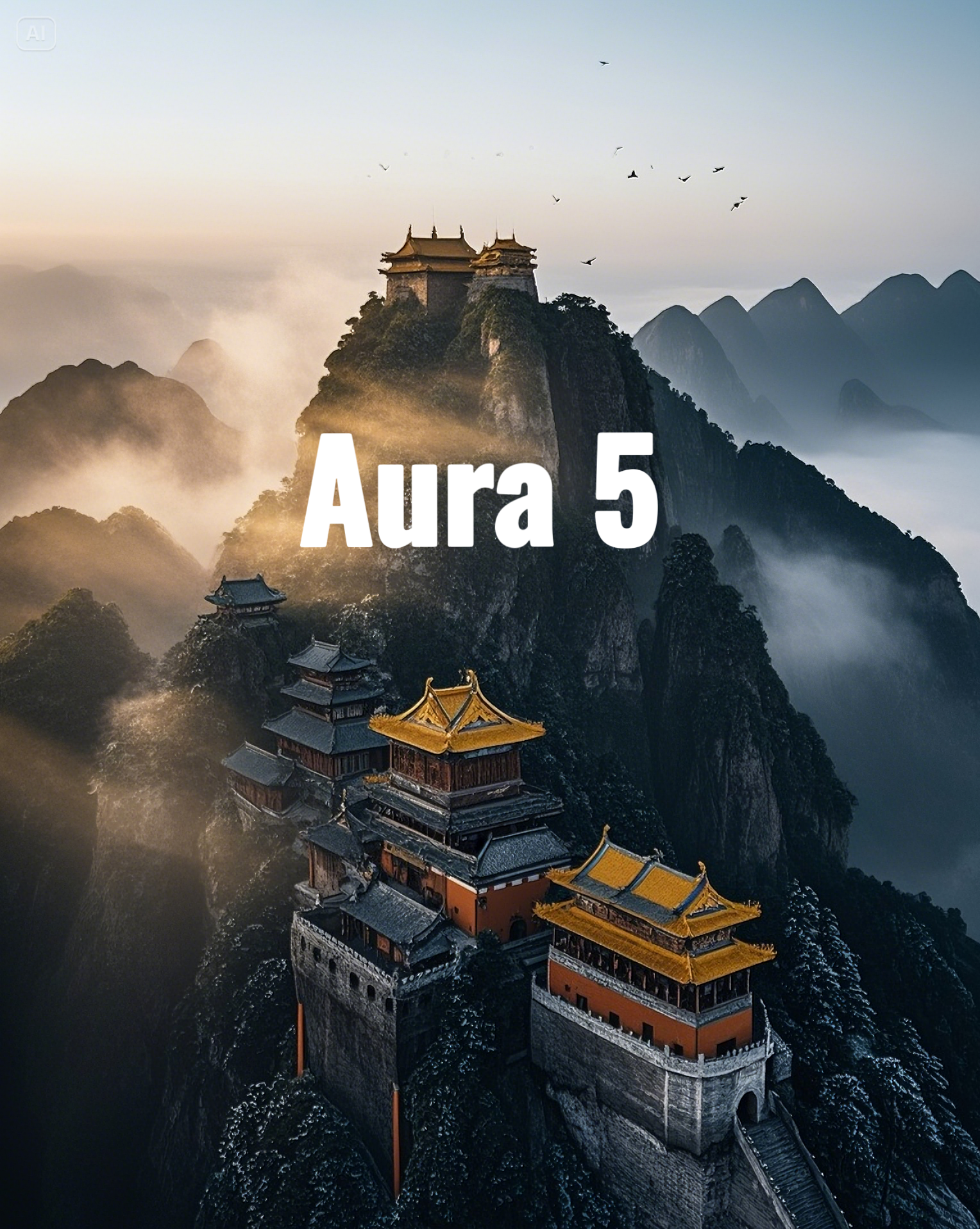1. The Essence of Daoism: Understanding "The Way"
Daoism (or Taoism) is one of China’s oldest spiritual traditions, dating back over 2,500 years. At its heart is the concept of the Dao (道), meaning "The Way"—the natural order that governs the universe. Unlike rigid doctrines, Daoism emphasizes flow, balance, and harmony with nature.
Key Principles:
 Modern Connection:
Modern Connection:
2. Founders & Sacred Texts: Laozi, Zhuangzi, and the Dao De Jing
Daoism’s wisdom comes from two legendary sages and their texts:
Laozi (老子):
- "The soft overcomes the hard" (like water shaping stone).
- "Knowing others is wisdom; knowing yourself is enlightenment."
 Zhuangzi (庄子):
Zhuangzi (庄子):
Sacred Texts:
Modern Connection:
3. Daoism as a Living Tradition: Rituals & Practices
Beyond philosophy, Daoism is a practical spiritual path with rituals for health, protection, and enlightenment.
Key Practices:
 Modern Adaptations:
Modern Adaptations:
Why It Matters Today:
4. Daoist Symbols & Their Meanings
Daoism uses powerful symbols to convey deep truths:
The yin-yang circle, showing how opposites create wholeness.
Wearable wisdom: Yin-yang necklaces remind us to stay balanced.
Eight trigrams representing natural forces (sky, earth, fire, water, etc.).
Modern use: Bagua mirrors in homes for harmony.
Wood, Fire, Earth, Metal, Water—each linked to colors, organs, and emotions.
Jewelry connection: Gemstone bracelets matching elemental needs (e.g., green jade for Wood/growth).
Legendary beings symbolizing longevity and virtue.
Inspiration for art: Immortal-themed pendants and charms.
Mythical creatures representing power and renewal.
Fashion statement: Dragon-engraved rings for strength.
5. Living the Dao: Simple Ways to Apply Daoist Wisdom Daily
You don't need to be a monk to benefit from Daoism! Try these easy practices:
Morning:
Workday:
Evening:
Seasonal Tips:
Create a mini "Daoist altar" with:
Final Thought:
Daoism isn't about perfection—it's about flow, balance, and joy. Whether through jewelry, rituals, or simple mindfulness, its wisdom can transform everyday life.
Would you like personalized Daoist lifestyle tips based on your birth element?











